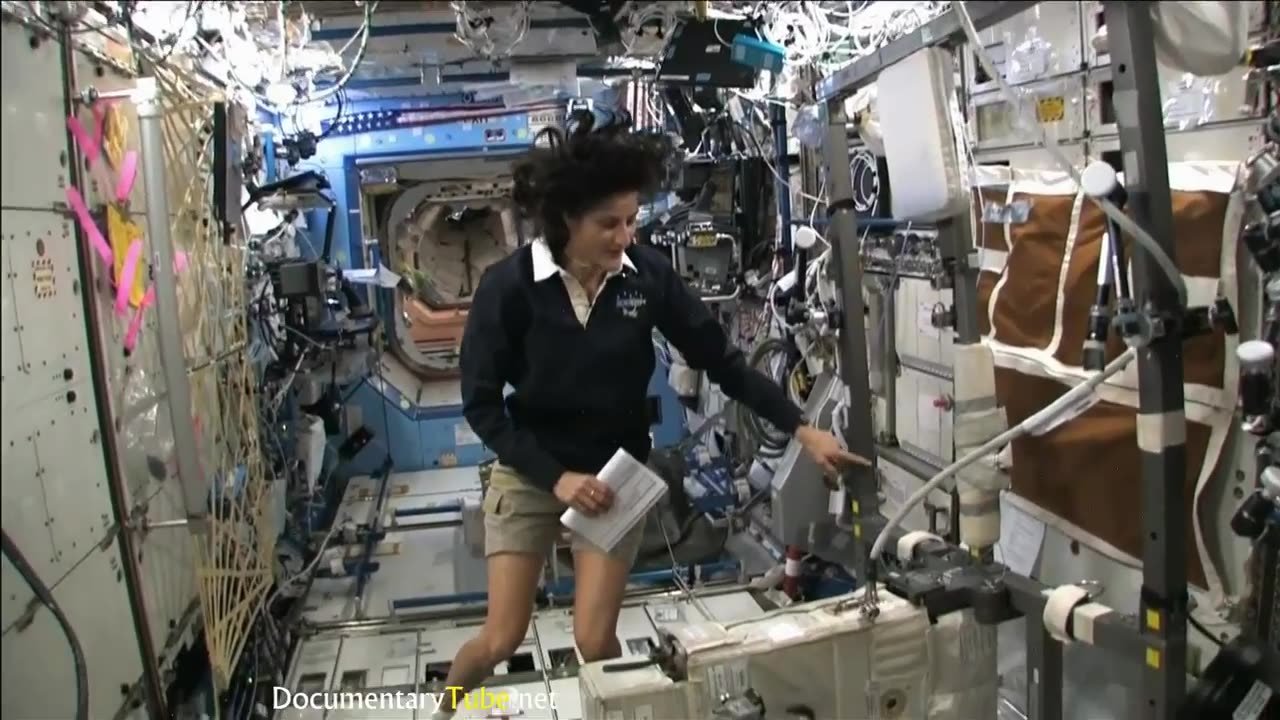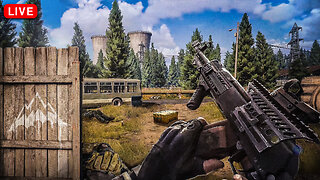Premium Only Content

HOW IT WORKS: The International Space Station
The International Space Station (ISS) is a multinational space station that serves as a research laboratory and living space for astronauts from different countries. Here is a general overview of how the ISS works:
1. Construction and Components: The ISS is a collaborative project involving space agencies from the United States, Russia, Europe, Japan, and Canada. It was assembled in space over several years, with the first module launched in 1998. The station consists of multiple modules, including living quarters, laboratories, storage areas, and docking ports for visiting spacecraft.
2. Orbit and Crew: The ISS orbits the Earth at an altitude of around 408 kilometers (253 miles) in a near-circular orbit. It travels at a speed of approximately 28,000 kilometers per hour (17,500 miles per hour). The station is typically crewed by a team of astronauts and cosmonauts from various countries, who live and work on board for extended periods.
3. Resupply Missions: The ISS requires regular resupply missions to deliver food, water, fuel, scientific experiments, and other necessary supplies. These missions are conducted by various spacecraft, including the Russian Progress, American SpaceX Dragon, and Northrop Grumman Cygnus.
4. Scientific Research: The primary purpose of the ISS is to conduct scientific research in microgravity conditions. Astronauts perform experiments in various fields, including biology, physics, chemistry, medicine, and technology development. The unique environment of the ISS allows scientists to study the effects of long-duration space travel on the human body and conduct experiments that are not possible on Earth.
5. Maintenance and Upkeep: The ISS requires regular maintenance and repairs to ensure its functionality and safety. Astronauts conduct spacewalks (extravehicular activities) to perform repairs, replace equipment, and upgrade systems. The crew also maintains the life support systems, including air purification, water recycling, and waste management.
6. International Collaboration: The ISS is a symbol of international cooperation, with multiple countries contributing modules, resources, and expertise. The partner space agencies work together to operate the station, share research findings, and coordinate crew rotations and mission planning.
7. Communication and Ground Control: Communication between the ISS and mission control centers on Earth is crucial for crew support, guidance, and coordination. Ground control monitors the station's systems, provides real-time assistance, and oversees mission operations.
The International Space Station serves as a platform for advancing scientific knowledge, testing technologies, and preparing for future long-duration space missions, such as missions to the Moon and Mars.
-
 2:10:29
2:10:29
Pop Culture Crisis
3 hours agoJimmy Kimmel's Return FOILED, YouTube ADMITS Censorship, Sabrina Carpenter HATES America | Ep. 921
10.9K2 -
 LIVE
LIVE
LFA TV
18 hours agoBREAKING NEWS ALL DAY! | TUESDAY 9/23/25
1,397 watching -
 LIVE
LIVE
freecastle
6 hours agoTAKE UP YOUR CROSS- Fighting for What Is RIGHT | Calibrating the Moral Compass
161 watching -
 1:04:49
1:04:49
vivafrei
4 hours agoOstriches on the Verge of Slaughter! Democrats Shill for Tylenol! Kimmel Wars & MORE!
168K36 -
 1:23:13
1:23:13
The Quartering
4 hours agoYoutube ADMITS Censorship & Will Restore Accounts, Liberals Vs Tylenol, Kimmel Pulled AGAIN!
160K46 -
 1:21:10
1:21:10
Awaken With JP
1 day agoJimmy Kimmel is back, Autism-phobia, Charlie Kirk's Memorial - LIES ep 109
59K34 -
 9:07
9:07
Dr. Nick Zyrowski
15 days agoWhat Collagen REALLY Does in Your Body
15.5K4 -
 4:25:06
4:25:06
Right Side Broadcasting Network
7 hours agoLIVE REPLAY: President Trump Participates in Bilateral Meetings in NYC - 9/23/25
82.9K20 -
 2:44:00
2:44:00
Barry Cunningham
5 hours agoPRESIDENT TRUMP HOLDS MEETINGS AT THE UNITED NATIONS!
51.7K13 -
 DVR
DVR
StoneMountain64
4 hours agoHitting Max lvl in Arena Breakout Infinite
38.9K1